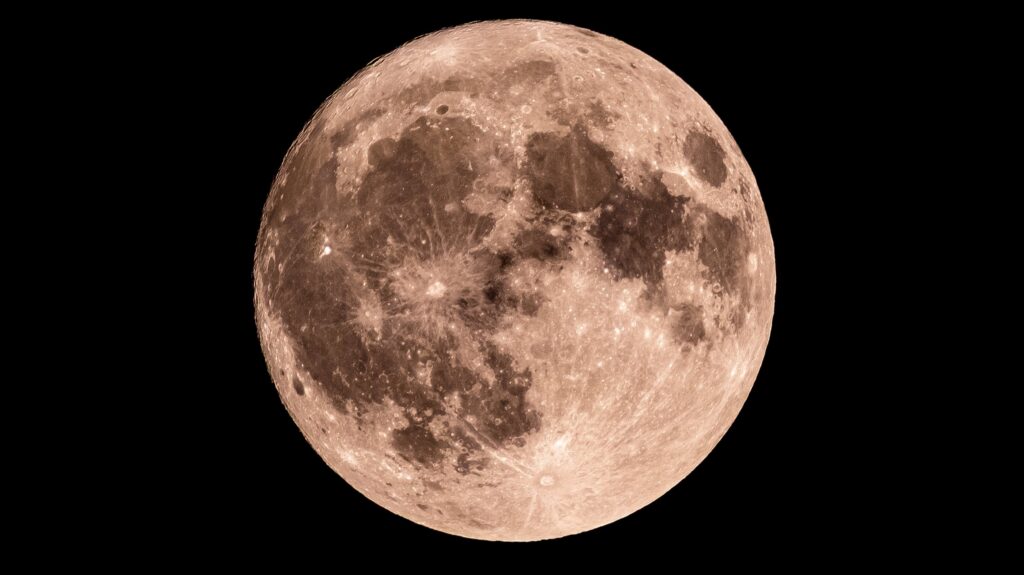
As night falls on September 27, stargazers will have the opportunity to observe a **Waxing Crescent Moon**, illuminated by **27%** of the sun’s light. This phase marks day six of the lunar cycle, providing a unique view of the moon’s surface without the need for special equipment.
For those interested in lunar features, the **Mare Crisium** is visible with the naked eye. By shifting focus slightly to the middle right of the moon, viewers can also spot the **Mare Fecunditatis**. Observers in the Southern Hemisphere will find these features in reverse; they should look towards the bottom left of the moon.
Those equipped with binoculars can enhance their view and spot the **Posidonius Crater**, which showcases a lava-filled landscape. Meanwhile, telescope users can take their exploration a step further by locating the landing site of **Apollo 17**, the last mission to land on the moon during the Apollo program.
Understanding Moon Phases
Moon phases are part of a **29.5-day** cycle that revolves around the moon’s orbit. According to **NASA**, this cycle alters the angles between the Sun, Moon, and Earth, resulting in various appearances of the moon from our perspective. The same side of the moon is always visible from Earth, but the amount of illumination changes due to its position in orbit.
The eight primary moon phases include:
– **New Moon**: The moon is positioned between Earth and the Sun, making it invisible.
– **Waxing Crescent**: A small sliver of light appears on the right side.
– **First Quarter**: Half of the moon is illuminated on the right side, resembling a half-moon.
– **Waxing Gibbous**: More than half is lit, but it is not yet full.
– **Full Moon**: The entire face of the moon is visible and illuminated.
– **Waning Gibbous**: The moon begins to lose light on the right side.
– **Last Quarter (or Third Quarter)**: Half of the moon is lit on the left side.
– **Waning Crescent**: A thin sliver of light remains on the left before it goes dark again.
Mark Your Calendars
The next full moon is set to occur on **October 6**, following the last full moon, which took place on **September 7**. This information allows lunar enthusiasts to plan their observations effectively.
As the moon transitions through its phases, each appearance offers a distinct experience for observers. Whether with the naked eye, binoculars, or a telescope, tonight’s Waxing Crescent Moon is ready to reveal its secrets to all who take the time to look up.







